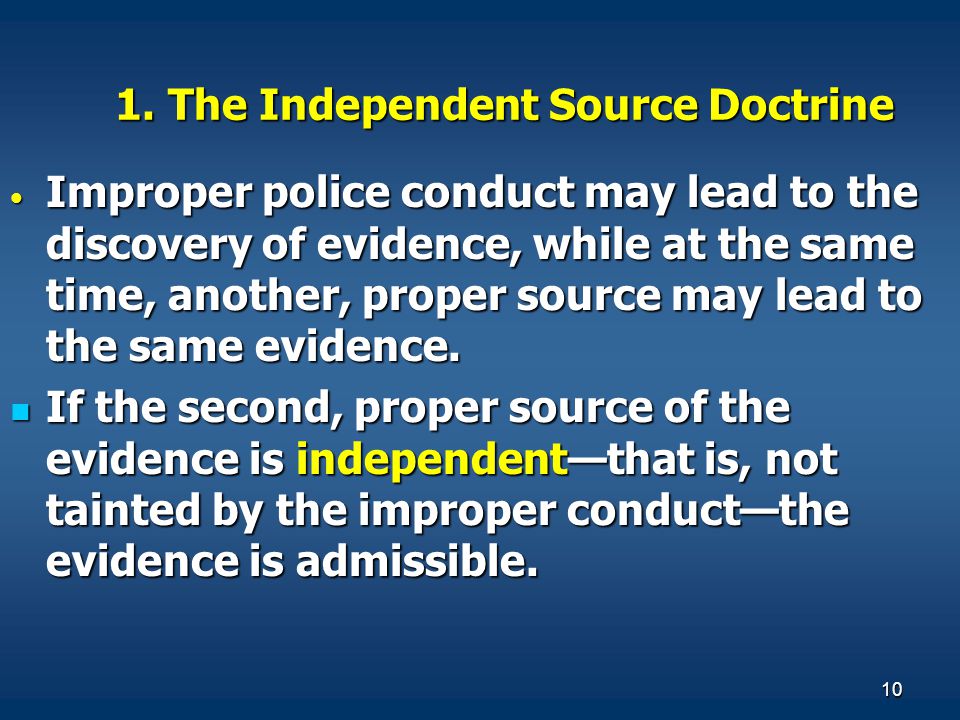
Illustration by Ben Kothe / The Atlantic
NPR reports that In 2024, murders fell by at least 14% across the U.S. City officials often point to policing as a key reason, and that can play an important role, but crime analysts say there’s more to it.
THE DATA
These conclusions come according to analyses by the data firm AH Datalytics and the Council on Criminal Justice. Official data from the FBI goes only through 2023, but shows similar drops. Early analyses from AH Datalytics suggest the drop will be even bigger in 2025. Crime analysts say the reasons behind these drops are complex and broad.
WHAT CONTRIBUTED TO THE DECREASE IN MURDER & HOMICIDE?
Researchers who study crime caution that no one thing causes violence to rise or fall. But crime analysts have zeroed in on what they say is a primary driver of the rise and subsequent decline: the COVID-19 Pandemic.
All of a sudden, there were a lot of young people — who are more likely to commit crimes than older people — at home, with little to do. And a vital support system was ripped away: public services. Between March and May of 2020, the country’s local government workforce shrank by nearly 10%.
Five years after the start of the pandemic, local government employment is finally back at pre-pandemic levels. Municipalities are also bringing in more money, and their spending has rebounded as well. That means many services are coming back — and with them, places where young people can find support.
“We’re spending money on stuff, and when stuff is nicer, people have places to go. It creates jobs. It creates environments where people are hanging out. It’s not the broken-windows concept of ‘we need to arrest people for graffiti,’ but it’s more like the kind of idealized version of broken windows that, ‘if we make things nice and people are around it, it provides a means of interrupting cycles of violence.” ~Jeff Asher, co-founder of AH Datalytics
In Detroit, Police Chief Bettison credits some of the murder decline there to changes in policing techniques and to higher officer staffing levels. But he also sees things more holistically.
“It is not one thing that drives violence. And so we are always consistently looking for the root causes,” he says.
Two years ago, the city invested $10 million in six community organizations. Each group was assigned a section of the city. Their goal was to reduce violence in that area using what is known as community violence intervention.
Negus Vu is the executive director of one of those groups, the Detroit People’s Community, which is also known as The People’s Action. The essential element to the group’s work, Vu says, is building relationships with young people who may be at risk of committing violence.
“You have outreach workers who have lived, shared experiences that are the ones who establish these relationships. And because these relationships are genuine and sincere, they’re able to refer them to get wraparound services such as substance abuse, job referrals, therapy. If you meet people’s needs, they’re less likely to turn to violence.” ~Negus Vu, Executive Director of the Detroit People’s Community.
Please contact my office if you, a friend or family member are charged with Homicide or any other crime. Hiring an effective and competent defense attorney is the first and best step toward justice.















